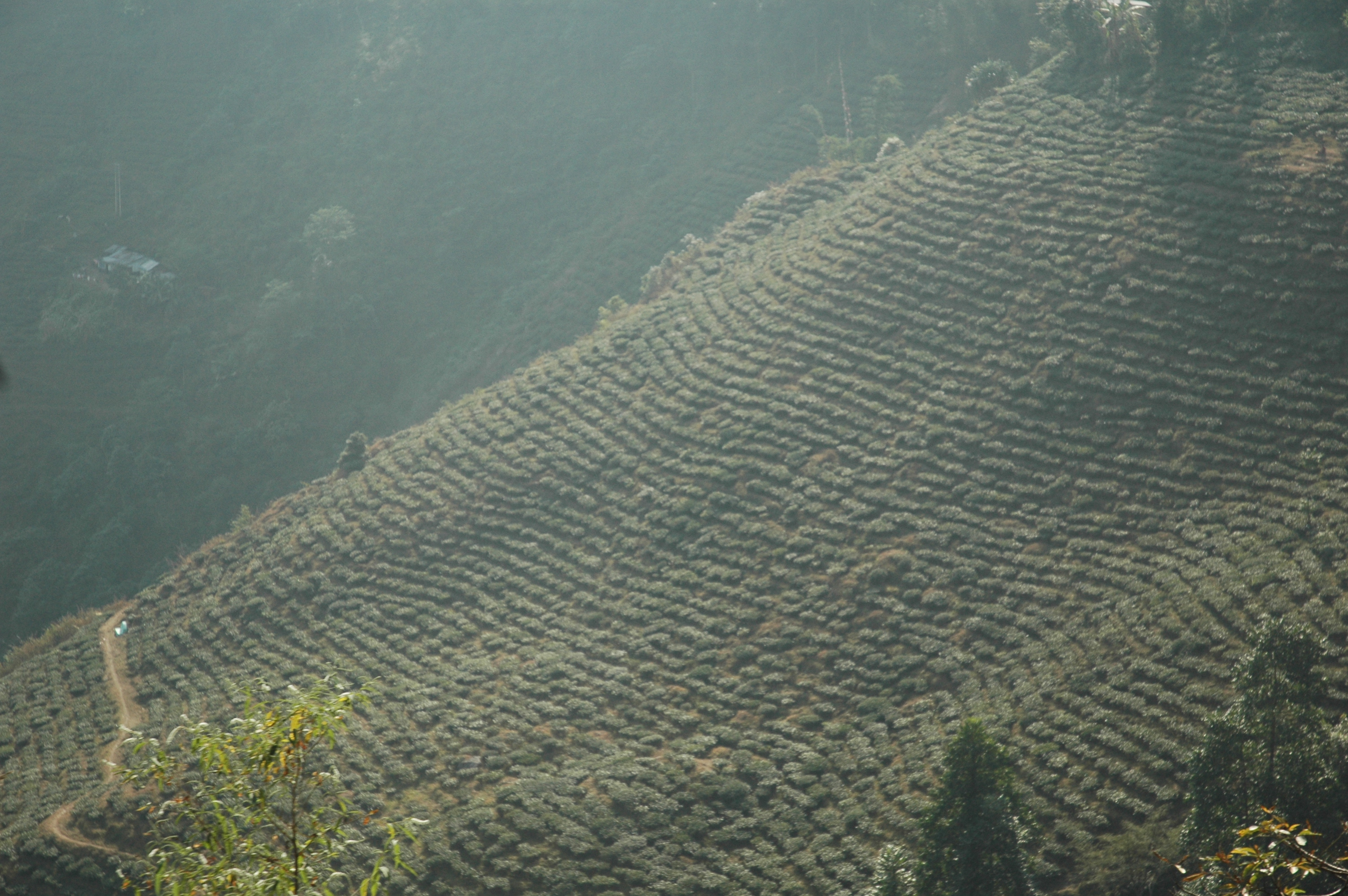Introduction
Steeping time is the key to unlocking the full potential of green tea. Whether you’re aiming for a delicate, umami-rich gyokuro or a bright and refreshing sencha, the duration of steeping directly impacts flavor, aroma, and nutritional benefits. Too short, and the tea may taste weak and underdeveloped; too long, and it can become bitter and overpowering.
Different types of green tea require unique steeping times and water temperatures to bring out their best qualities. Japanese green teas like sencha steep quickly at moderate temperatures, while gyokuro demands a slower, lower-temperature infusion. Understanding the right balance ensures that every sip is smooth, flavorful, and rich in antioxidants. Mastering the art of steeping allows you to enjoy green tea at its finest, avoiding common pitfalls and achieving a consistently satisfying brew.
Understanding Green Tea Steeping Times
Why Steeping Time Matters
The duration of steeping plays a crucial role in defining the final taste, aroma, and nutrient content of green tea. A properly steeped tea brings out its natural sweetness and depth, while an improperly steeped one can result in undesirable flavors.
When green tea is steeped too long, excessive tannins are released, causing bitterness and astringency. Conversely, a short steeping time may lead to a weak, underwhelming infusion lacking in complexity and aroma. Finding the right balance ensures that the tea retains its delicate flavors while maximizing its health benefits.
To avoid bitterness, it is essential to control both steeping time and water temperature. Lower temperatures (around 160–175°F) paired with shorter durations (30 seconds to 2 minutes) help preserve the tea’s natural sweetness. Using fresh, filtered water and adhering to recommended steeping guidelines for each type of green tea can significantly enhance the overall experience.
General Guidelines for Green Tea Steeping
| Tea Type | Water Temperature | Steeping Duration |
|---|
| Sencha | 160–175°F (70–80°C) | 1–2 minutes |
| Gyokuro | 130–160°F (55–70°C) | 2–3 minutes |
| Hojicha | 175–185°F (80–85°C) | 30 seconds – 1 min |
Experimenting with steeping duration and temperature allows for personal customization of flavor strength. If a tea tastes too bitter, reducing the temperature or steeping time can help. Conversely, if the tea is too mild, increasing these factors slightly may enhance its richness.
Cold brewing offers an alternative method for a smoother, less astringent brew. To cold brew, steep green tea leaves in cold water for 3–6 hours, allowing the flavors to develop gradually while minimizing bitterness.
Types of Green Tea and Their Ideal Steeping Times
Japanese Green Teas
Sencha
Sencha has a bright, grassy flavor with a balance of sweetness and astringency. It requires water at 160–175°F (70–80°C) and a steeping time of 1–2 minutes. Common mistakes include using boiling water, which causes bitterness, and steeping for too long, which makes the tea overly astringent.
Gyokuro
Gyokuro is known for its rich umami flavor and deep sweetness. It should be steeped at a lower temperature, around 130–160°F (55–70°C), for 2–3 minutes. A common mistake is using water that is too hot, which ruins its delicate profile, or steeping too briefly, resulting in a weak infusion.
Hojicha
Hojicha has a roasted, nutty flavor with low bitterness. It is best steeped at 175–185°F (80–85°C) for 30 seconds to 1 minute. Steeping too long can strip its mild sweetness, making it overly smoky.
Chinese Green Teas
Dragonwell (Longjing)
Dragonwell offers a toasty, chestnut-like flavor with a smooth finish. Ideal brewing conditions are 170–180°F (75–80°C) for 1–2 minutes. Overheating or steeping too long can cause excessive bitterness, while insufficient steeping time results in a flat taste.
Jasmine Green Tea
Jasmine green tea is floral and mildly sweet. It is best brewed at 160–175°F (70–80°C) for 1–2 minutes. Using excessively hot water diminishes its floral aroma, and over-steeping can introduce an unwanted bitterness.
Troubleshooting Common Issues
Avoiding Bitterness
Bitterness in green tea often results from improper brewing techniques. The most common mistakes include using excessively hot water, steeping the tea for too long, and using too many tea leaves. These factors lead to the over-extraction of tannins, which causes an astringent and unpleasant taste.
To prevent bitterness, use water between 160–175°F (70–80°C) for most green teas, and limit steeping time to 1–2 minutes. For delicate varieties like gyokuro, use lower temperatures around 130–160°F (55–70°C) and steep for 2–3 minutes. Using fresh, filtered water and adjusting the leaf-to-water ratio can also help. If bitterness occurs, try reducing the temperature or steeping time in subsequent brews to achieve a smoother, more balanced flavor.
Conclusion
Proper steeping times are essential for unlocking the best flavors in green tea. By following recommended guidelines and experimenting with different temperatures and durations, tea drinkers can discover their preferred balance of taste and aroma. Adjustments based on personal preferences ensure a satisfying experience with every cup.
FAQs
What happens if I over-steep green tea?
Over-steeping green tea results in excessive tannin extraction, leading to a bitter and overly astringent taste. Additionally, it increases caffeine content, which may cause heightened alertness or jitteriness.
Can I reuse green tea leaves?
Yes, green tea leaves can be re-steeped multiple times. Typically, high-quality leaves can be infused 2–3 times, with each infusion revealing different flavor nuances. However, the steeping time may need to be slightly increased with each successive brew.
What is the best water temperature for green tea?
The ideal water temperature for green tea varies by type but generally ranges between 140–185°F (60–85°C). Delicate teas like gyokuro require lower temperatures, while robust varieties like hojicha can handle higher temperatures.
How do I know when my green tea is ready?
Tasting the tea at intervals during brewing helps determine the optimal steeping time. The desired flavor should be smooth, aromatic, and balanced, without excessive bitterness or weakness.



